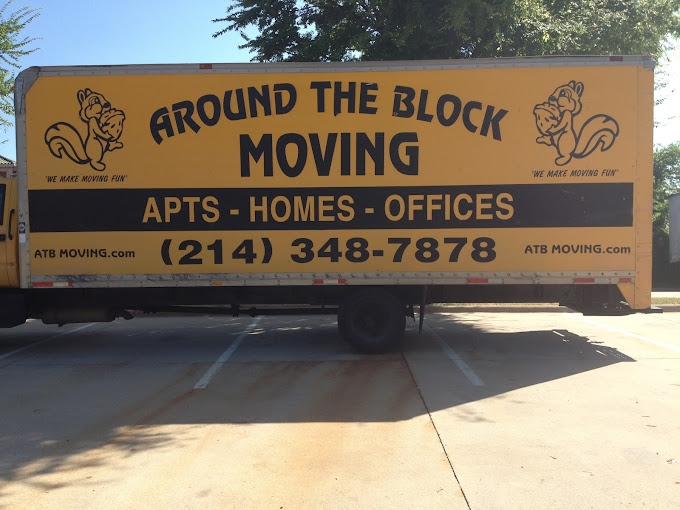
Moving is hard enough without having to tackle such a big and delicate item as a fish tank. And when you add in living things – those fish are quite vulnerable you know – it gets 10x more difficult. The key is to hire professional movers skilled and experienced in transporting large, cumbersome or delicate items such as fish tanks.
Let’s take a look at a few takeaways when it comes to moving your fish tank:
- Freshwater fish are very sensitive to even the smallest changes in their environment. Before you take your fish out of their comfort zone, keep in mind that the upcoming move will stress out your fish quite a bit. Often times, some fish don’t survive the trip because they don’t eat when they are stressed.
- Be careful when moving the tank itself, as it’s made of glass glued together, which can crack when not cared for properly. The Moving Blog says uncharacteristic movements or vibrations can result in cracks, so give the process plenty of TLC.
- Keep the time your fish have to be away from their tank to a minimum. As a result, you should move your tank last out of the old home and move it in first in the new home.
Gather the Right Supplies
Before you move anything, make sure you have the following:
- Five-gallon buckets that are leak proof, opaque and clean, with lids. How many buckets you will need will depend on how many fish you have and how big the tank is.
- Fish net
- Siphon hose
- Thick cardboard boxes
- Packing paper
- Bubble wrap
- Plastic sandwich baggies
- Duct tape
- Insulating foam sheets
Scope Out the New Environment
If you can visit the new home beforehand, do so. This will help you understand where you will place the tank when you first get there. You can’t waste time at that point deciding where to put it. Remember: setting up your tank immediately is critical to the acclimatization period for fish.
Ideally, you’ll want to choose a spot with electrical outlets nearby and shade from sunlight streaming in through windows. Make sure there’s plenty of space for the tank itself and all accessories, with a stable, strong surface that is able to support the weight of the tank and water.
Prepare Your Fish
You’ll want to stop feeding your fish 24 to 48 hours before the big day. This will allow all their waste to pass before you transport them. Don’t worry: you’re not starving them…they can go a week without food. Got one small fish you’re moving? Just put it in a plastic baggie with water from the tank and take it with you in a cooler.
If you’re going a long distance and have more and bigger fish, you’ll have to use the buckets, putting no more than three to four fish in each one. Tape the lids closed with duct tape.
Clean the Tank
Keeping the water in the tank for the time being, unplug the tank and all lights, removing plants and accessories. The plants should go in a bucket of tank water. Next, clean and dry the accessories, packing them carefully in bubble wrap and paper. Pack the lights, pump and heater separately. Make sure the filter remains damp and is packed in a sealed container.
Remove the Water
Drain out the water with your siphon hose, saving the water (ideally) to put back in the tank in the new place.
Pack and Move the Tank
Pack the lid in bubble wrap. Put the tank in a sturdy moving box and place insulating foam in any gaps.
Take the tank and the fish with you in your car. If you pay your movers to do it, ask about their experience and what equipment they use.
Set up the Tank
Again, set up the tank as soon as you get to the new place. Fill the tank with the water you saved, and start up the filtration system. Balance the temperature, pH, chlorine and ammonia levels, then add in the fish gently with the net. It will take longer to normalize and balance fresh water if you couldn’t save the old water.
Got fish in baggies? Place the bags in the tank water for a couple minutes so they get used to the temperature before releasing them.
Contact Around the Block Moving Company
You will be glad to know we can pack up and transport your fish tank of any size. Just ask us for a free quote when you call us at 214-433-6763.




